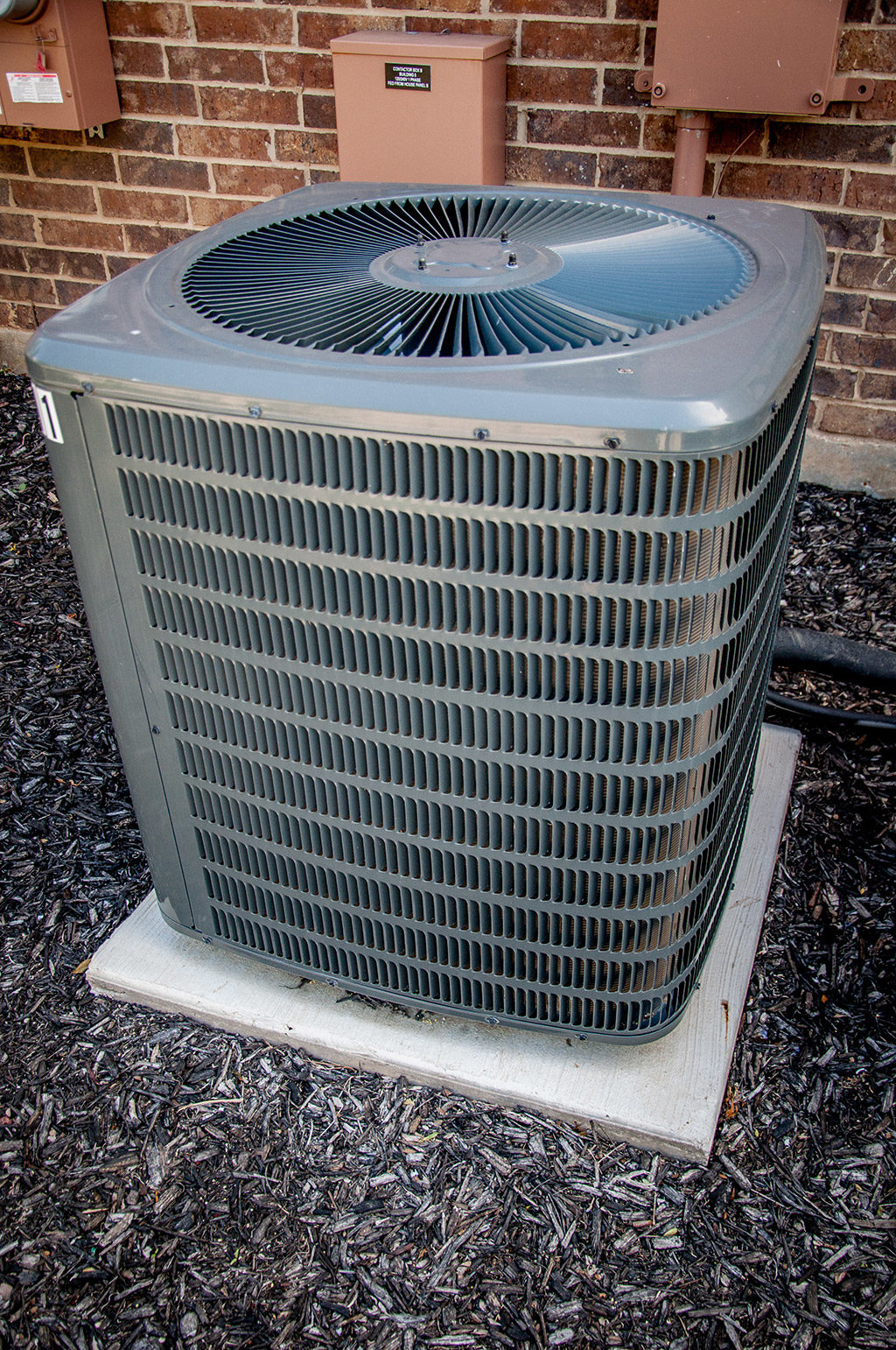
Selecting the Right HVAC System for Your Needs | Air Conditioning Service in Azle, TX
If you have an HVAC system that was installed in your home in the 90s, chances are, it’s not performing efficiently, or at least, not as efficiently as a new one. In the US, heating and cooling is directly related to 50% of the total household energy costs. That said, using modern air conditioning and heating equipment can help to significantly reduce energy costs. Whether you are constructing a new home or renovating an existing one, it pays to get your HVAC system checked for its efficiency and performance. If you are looking to hire an air conditioning service in Azle, TX, the following lines should give you the information you need while selecting an energy efficient HVAC system. But, first.
What is an HVAC System?
HVAC is used as an abbreviation for heating, ventilation and air conditioning. It is basically an integrated system that is designed to carry out both heating and cooling functions in a residential home or commercial complex. The system is more often than not designed to be controlled from a single user interface, which makes it more efficient and less time consuming to operate. One of the reasons why people prefer hiring a professional air conditioning service in Azle, TX for the installation of an HVAC system is because it allows you to have complete control over the heating and cooling of your home, without the need to turn to multiple controllers. Furthermore, having an integrated system installed in your home ensures that the various components do not work against each other.
While heating, ventilation and the air conditioning unit are the main components of an HVAC system, modern systems also feature a cleaning element and air filtration as well. The heating provided by the HVAC is achieved with the help of a furnace or boiler. It also features a piping system to deliver the heat or ductwork in forced air systems. Heating systems can also be connected to a water system, providing the household with warm water. The ventilation used in a residential HVAC system can either be natural or forced. A forced ventilation system is used mostly for cleaning the air, while the use of natural ventilation is limited to warm and humid months. For obvious reasons, air conditioning is the reverse of heating and thus does not require the use of a furnace or boiler. Hiring the professional services of a heating and AC in Fort Worth, TX will get you a good idea of what are the options for an HVAC system. Now that we know what each component in an HVAC system is used for, let’s take a look at the energy efficiency of an HVAC system.
How Much Energy Does an HVAC System Take?
When it comes to the energy efficiency of a residential heating or cooling system there are a few factors that need to be considered. For instance;
- The climate where the home’s located
- The type of fuel it uses
- Efficiency of the HVAC components
- Duration of its use
- The size of the HVAC system in relation to the home’s size
Rating Systems of HVAC Systems
Hiring the professional services of a heating and air conditioning repair in Fort Worth, TX will ensure that you get the right HVAC system for your home. But, while evaluating the HVAC system’s expected energy consumption it’s important to follow the industry-standard rating systems. The following are some of the industry standard rating systems that should be followed by homeowners in Texas.
Seasonal Energy Efficiency Ratio (SEER)
This is used to determine the efficiency of a standard heat pump system or air conditioner. The greater the SEER rating, the more the efficiency and energy saving ability you’re looking at. Under the federal law, all new cooling systems are required to have a SEER rating of at least 13.
Annual Fuel Utilization Efficiency (AFUE)
This rating is used for oil and gas furnaces. It shows the amount of fuel that’s needed for heating a home along with the amount of fuel that’s wasted by the HVAC system. This rating is given as a percentage. The higher the percentage the more energy efficient the HVAC system. All furnaces that have been manufactured in the United States need to have an AFUE percentage of at least 80%.
Heating Seasonal Performance Factor (HSPF)
This rating is used to measure the efficiency level of the heat pump while it is working on heat mode. Similar to the previous two rating options, the higher the HSPF rating the more efficient the HVAC system is. This also translates to savings in heating costs. According to the law, all new heat pumps are required to have a HSPF rating of at least 7.7.
The Wattage
The wattage measures the amount of electricity an HVAC system uses in order to provide a comfortable living environment in a home. The unit of measurement that’s used here is kilo-watt/hour. The main determining factor of the wattage of an HVAC system is speed. For homeowners who are either looking to replace an old HVAC system or get a new one installed during the construction of their home, the aforementioned factors need to be considered to help determine the cost-benefit ratio of the HVAC system.
Ending Note
One of the reasons why homeowners should get an HVAC system for their home is because it helps control the temperature and humidity levels in a home, making a home comfortable to live in regardless of the temperature outside. If you are looking to get an HVAC system installed in your home then you are going to need to hire the services of a professional air conditioning service in Azle, TX, which has the right experience and expertise and can also offer heating and air conditioning repair in Fort Worth, TX. If you want to really get the most out of your HVAC system then contact a professional and experienced air conditioning service in Fort Worth, TX

